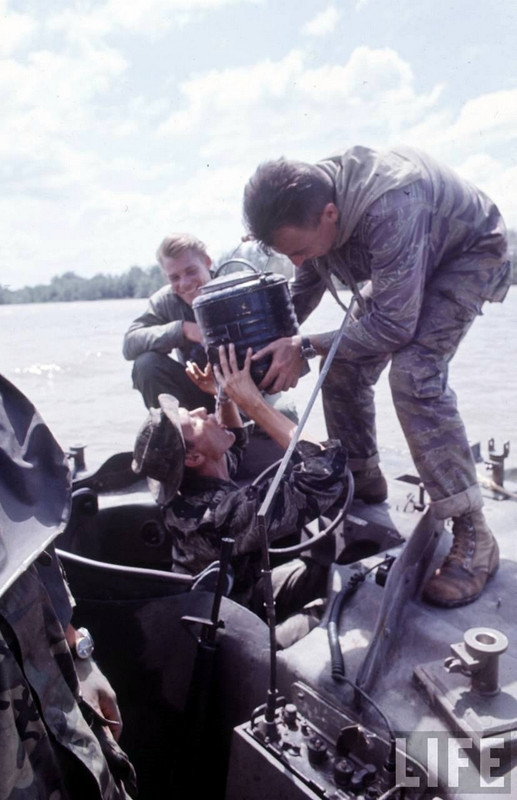- Joined
- Mar 28, 2017
- Messages
- 10,464
- Points
- 388
Marilyn Monroe poses for soldiers in Korea after a USO performance at the 3rd U.S. Inf. Div. area, February 17, 1954.

In February 1954, actress Marilyn Monroe traveled to Korea to entertain the troops. Right before she flew into Korea, Monroe was in Japan on her honeymoon with Joe DiMaggio. She flew alone to Korea as DiMaggio was still attending to business in Japan. In the four days Monroe spent with the troops she performed ten shows. She later said that performing in Korea helped her get over her fear of live performances as she entertained audiences that totalled more than 100,000 troops. She remarked that the trip “was the best thing that ever happened to me. I never felt like a star before in my heart. It was so wonderful to look down and see a fellow smiling at me.”
The troops greatly enjoyed her visit. Ted Sherman, who served in the Navy during World War II and Korea, recalled:
The movie star was at her glamorous best when she performed ten USO shows in four days for U.S. soldiers, airmen, Marines and sailors during the Korean War in early 1954.
I was with a group of Navy guys who happened to be at Daegu Air Force Base when we heard Marilyn would entertain there that night. We convinced our transport pilot to find something wrong with our R4D transport, so we could delay the return flight to our ship in Tokyo Bay for that one night.
It was a great evening for all the homesick guys who were dazzled by the movie star’s performance. The sight and sounds of Marilyn singing “Diamonds Are a Girl’s Best Friend” is a memory I still cherish.
(Photo Credit: National Archives)
(Colorized by Tom Thounaojam from India)
In February 1954, actress Marilyn Monroe traveled to Korea to entertain the troops. Right before she flew into Korea, Monroe was in Japan on her honeymoon with Joe DiMaggio. She flew alone to Korea as DiMaggio was still attending to business in Japan. In the four days Monroe spent with the troops she performed ten shows. She later said that performing in Korea helped her get over her fear of live performances as she entertained audiences that totalled more than 100,000 troops. She remarked that the trip “was the best thing that ever happened to me. I never felt like a star before in my heart. It was so wonderful to look down and see a fellow smiling at me.”
The troops greatly enjoyed her visit. Ted Sherman, who served in the Navy during World War II and Korea, recalled:
The movie star was at her glamorous best when she performed ten USO shows in four days for U.S. soldiers, airmen, Marines and sailors during the Korean War in early 1954.
I was with a group of Navy guys who happened to be at Daegu Air Force Base when we heard Marilyn would entertain there that night. We convinced our transport pilot to find something wrong with our R4D transport, so we could delay the return flight to our ship in Tokyo Bay for that one night.
It was a great evening for all the homesick guys who were dazzled by the movie star’s performance. The sight and sounds of Marilyn singing “Diamonds Are a Girl’s Best Friend” is a memory I still cherish.
(Photo Credit: National Archives)
(Colorized by Tom Thounaojam from India)




























